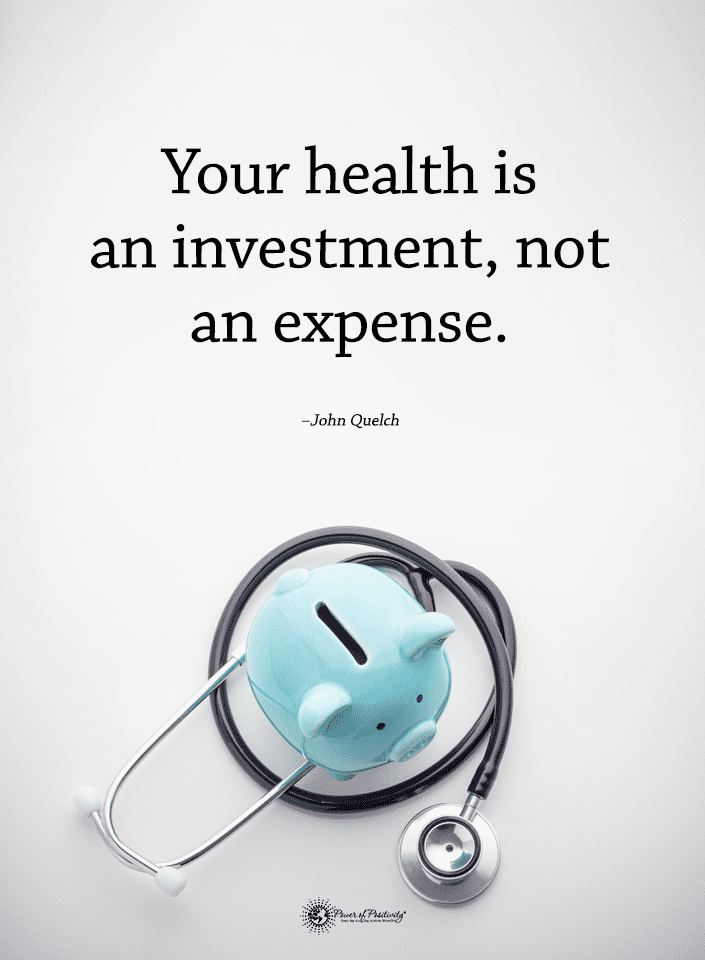A lucky number refers to specific numbers that play an essential role in your life, such as your birth date, life path number, or personality number. In addition, seeing repeating numbers like 1111 could mean that your angels or spirit guides want to contact you. Most people don’t consider how numerology can influence their lives and shape their destinies, believing they have no control over their fate. However, we can gain insight by simply paying attention to the numbers we see around us and learning more about their meanings.
Numbers are simply a form of energy, like everything else around us. Some people believe that the study of numerology can ascribe cosmic meanings to seemingly unrelated, everyday events. Others think it’s pseudoscience to infer special divine messages from numbers, even if the person sees them often. Regardless of your beliefs, it’s crucial to keep an open mind and consider what you can learn from these numbers and how to unlock their power. Below, we’ll discuss more about how the powerful, mystical system of numerology can benefit your life.
Understanding Numerology

As stated above, numerology refers to studying numbers’ symbolic meanings and seeks to assign particular importance to each number. For instance, life path numbers can tell you more about your destiny or fate, offering critical insight into your career, relationships, and other facets of life. Add each birthday number and reduce the sum to a single digit to calculate your life path number.
What does this mean for the trajectory of your life, exactly? Essentially, each number holds specific vibrational frequencies that influence your interests, personality, goals, relationships, and other facets of life. By understanding these lucky numbers, you can gain valuable information about your life and higher self.
Of course, you can choose to take a different path in life than the one outlined by your unique number. The meaning of the numbers only gives you a blueprint to follow, but since you have free will, you can create a different story for yourself. In addition, only you know yourself to the core, so you may not relate to your number. But if you do, it can provide essential details about your life and future.
How to Calculate Your Lucky Number
To perform the numerological calculation of your life path number, add each birthday number until one remains. Remember that you must reduce your birth year multiple times for a single digit. So, if you were born on July 18, 1991, you would calculate your lucky number as follows:
- Month: 7
- Day: 18 = 1+8 = 9
- Year: 1991 = 1+9+9+1 = 20 = 2+0 = 2
Next, add the numbers you got from the month, day, and year: 7+9+2= 18 = 1+ 8 = 9. So, if your birth date is July 18, 1991, your lucky number is 9.
Note that if you end up with the numbers 11, 22, or 33, these are master numbers that have an amplified effect compared to life path numbers 2, 4, and 6. Usually, you would reduce these numbers to one digit, but master numbers are the exception to the rule.
Interpretation of Lucky Numbers
The life path meanings are as follows:
- Natural leaders, authoritative, confident, assertive, fiery, risk-takers, independent
- Kind, generous, collaborative, intuitive, selfless, approachable
- Charming, creative, sociable, fun, extroverted
- Patient, stable, tenacious, dedicated, honest, loyal, reliable
- Explorers, rebels, flighty, vibrant, impulsive, idealistic, unconventional
- Emotional, warm, respectful, empathetic, loving, self-sacrificing
- Intuitive, intelligent, loner, analytical, aloof, mysterious
- Leaders, hard-working, confident, self-sufficient, materialistic, motivated to succeed
- Highly spiritual, intuitive, wise, humanitarian, old souls, deep thinkers, introverted
- Revolutionary, highly intuitive and psychic, emotional, inferiority complex, powerful
- Master builders, dedicated, selfless, cooperative, ambitious, progressive
- Master teachers, energy healers, humanitarian, highly empathetic, intentional, supportive
Do you relate to the numerological interpretation of your lucky number? If not, don’t worry; these number meanings only offer a glimpse into the personality traits of each life path number. Of course, people are highly complex and have many layers that make up their unique natures.
Applying Your Lucky Number to Your Life
In everyday life, you can use these special numbers to achieve personal growth and spiritual well-being. For instance, if you’re a life path number 9, you can contemplate ways to use your intuition and wisdom to help others. That doesn’t mean you must save the world or bear everyone’s burdens, but step into your energy and confidence. By embodying your highest self, you’ll be in the best position to serve others, regardless of your situation or role.
The practical application of these numbers will differ for everyone, but knowing your inherent personality traits will set you on the right path. You can learn your weaknesses from these numbers and use this knowledge to work on them. For example, if you’re a life path five and relate to the description, you may want to slow down sometimes and enjoy the beauty unfolding around you. Going on adventures and exploring new places is exciting, but you might miss fantastic opportunities in your hometown that you have yet to consider.

Final Thoughts on Using Numerology in Your Daily Life
Calculating your lucky number based on a birth date can provide invaluable insight into your life and unique nature. The meaning of lucky numbers in numerology differs between individuals, but many relate to their unique life path numbers. Adding up each digit of your birthday until one remains will yield this important number. It’s essential to research what this number means and how you can unlock the potential of your birth number.
By applying for your lucky number daily, you’ll understand more about energetic frequencies and how numbers relate to everything around you. Each number bears a divine signature you can utilize to your advantage if you believe in your abilities. The belief in numerology can only get you so far; eventually, you must do the inner work and fully embody your power.

















